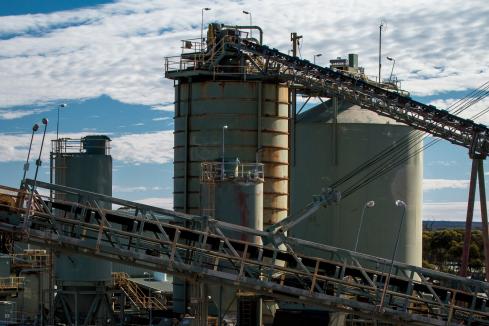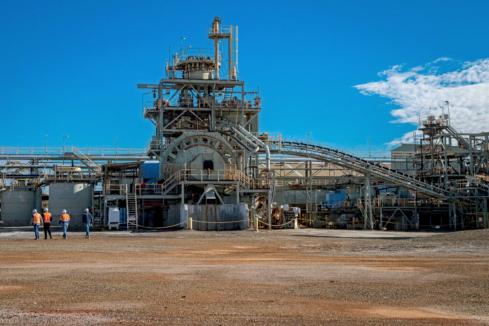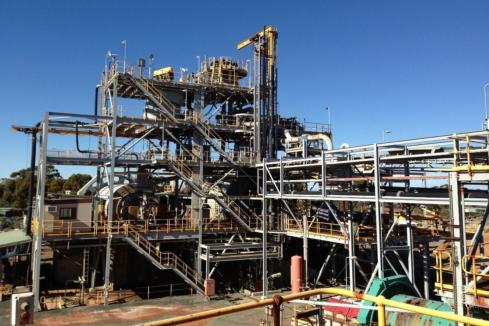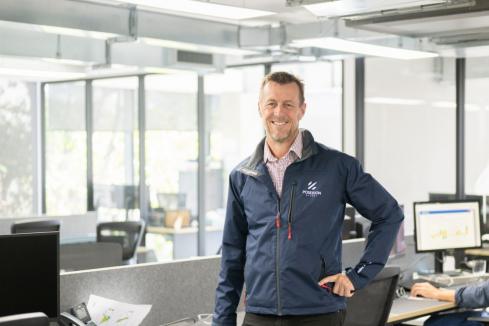Incentives to attract and retain staff for fly-in fly-out mining operations have moved well beyond simply offering sizeable pay packets.


Incentives to attract and retain staff for fly-in fly-out mining operations have moved well beyond simply offering sizeable pay packets.
Salaries have increased across the board, from between 5 per cent to 25 per cent in the past year, as different mining regions in the State battle it out to offer the best deal.
But when most companies are paying top dollar the deal clincher is increasingly coming down to site facilities and service offerings.
Some companies are even assessing the possibility of offering an eight-and-six roster, offering eight days on and six days off, compared with the nine days on and five days off most senior skilled workers are on (miners still work the traditional two weeks on and one week off).
Several companies are continually upgrading their accommodation facilities, offering options such as television, phone, and even Internet services for individual rooms.
And while health and lifestyle opportunities such as pools and gymnasiums are almost standard issue on most sites, even here the bar is being raised.
WMC Resources’ Mt Keith nickel plant in the State’s Mid West flies a myotherapist from Melbourne to its camp every two weeks.
Myotherapy is the latest corporate health offering, combining physiotherapy with acupuncture, and has been a hit with fly-in fly-out workers at the site.
But that’s not all. There are physiotherapists, yoga instructors, beauticians, personal trainers, and other services on offer.
WMC Resources group manager public affairs, Troy Hey, said naturo-paths, Royal Flying Doctor clinics, masseurs, and fitness programs were part and parcel of working at Mt Keith.
The company also pays to fly family and friends out for a site tour.
WMC Resources recently invested in 140 new accommodation units at Mt Keith, which feature individual ensuites rather than shared facilities.
The company will roll-out more of the new units to accommodate growing staff numbers but also to offer better rooms than may be available elsewhere.
Mr Hey said the company was also assessing a shortened roster proposal, with the possibility of offering an eight-and-six roster option.
“We’re looking at finding the most attractive rosters for staff,” he told the forum.
Barrick Gold Australia and Africa recruitment manager Esmeralda Soliano said most mining companies had boosted pay packets and were investing in mine site facilities.
She said the main drawcard she was offering potential recruits was the chance to work overseas and earn even more money.
“The market is so tight that it is difficult to offer something different and out of the ordinary than someone else,” Ms Soliano said.
“What we are doing is looking at it holistically and saying ‘this is what we can do for you’.
“We pay above market rates and we have a development plan in place for a career path that shows where staff will be in 12 months and a further three years, five years and seven years.
“We then look at our region. We are the second largest gold producer in the world and there’s only three regions for this company; I cover Australia and Africa, which is one region.
“For a new recruit it means that they work for the region and can work in East Africa. We transfer people for two years to train people there.
“We pay people in US dollars and it’s a roster of two months on and one month off. We pay people the cash equivalent of an airfare to the point of their origin but they don’t have to go back, they can travel where they like.
“Everyone is offering more money but we can offer international experience.”
Ms Soliano said Barrick Gold was upgrading site facilities and was assessing new ways to make the fly-in fly-out camp more enjoyable.
“We’re considering putting a beach volleyball court up. We would transport sand from a beach in Perth and shift it here,” she said.
“We are considering the eight-and-six roster. It’s hard to implement and if we do it it will have to be staggered to begin with.”
Smaller mining companies are also finding new ways to attract and retain staff.
Sally Malay Mining managing director Peter Harold said he believes his share scheme offer, launched a few months ago, was a differentiating factor that would help his company retain skilled staff.
“We’ve put in place a share scheme but you have to stay for two years to get it all. It’s half in 12 months and the other half at 24 months and the amount of options depends on the position,” he said.
“You can pay market rates and offer services but I think this is something more.
“Their options now will be worth 95 cents, so they are all 20 cents in the money. If they got 100,000 options they’d be up $20,000 and if it gets higher they’ll have more. It does help retain people.”
EMPLOYMENT INCENTIVES
- WA mining companies are significantly investing in site facilities in order to attract and retain staff.
- Pools, gymnasiums, tennis courts and other facilities have become standard, with a push on to now offer new and better offers such as free specialist treatments, flying in family and/or friends for visits, and upgraded accommodation.
- Several mine sites are assessing the option of an eight-day on and six-day off work roster in an effort to retain skilled labour.
- Some companies are promoting unique benefits such as the potential to work for the company overseas, and be paid in US dollars, or offering company ownership, such as Sally Malay’s share option scheme.










